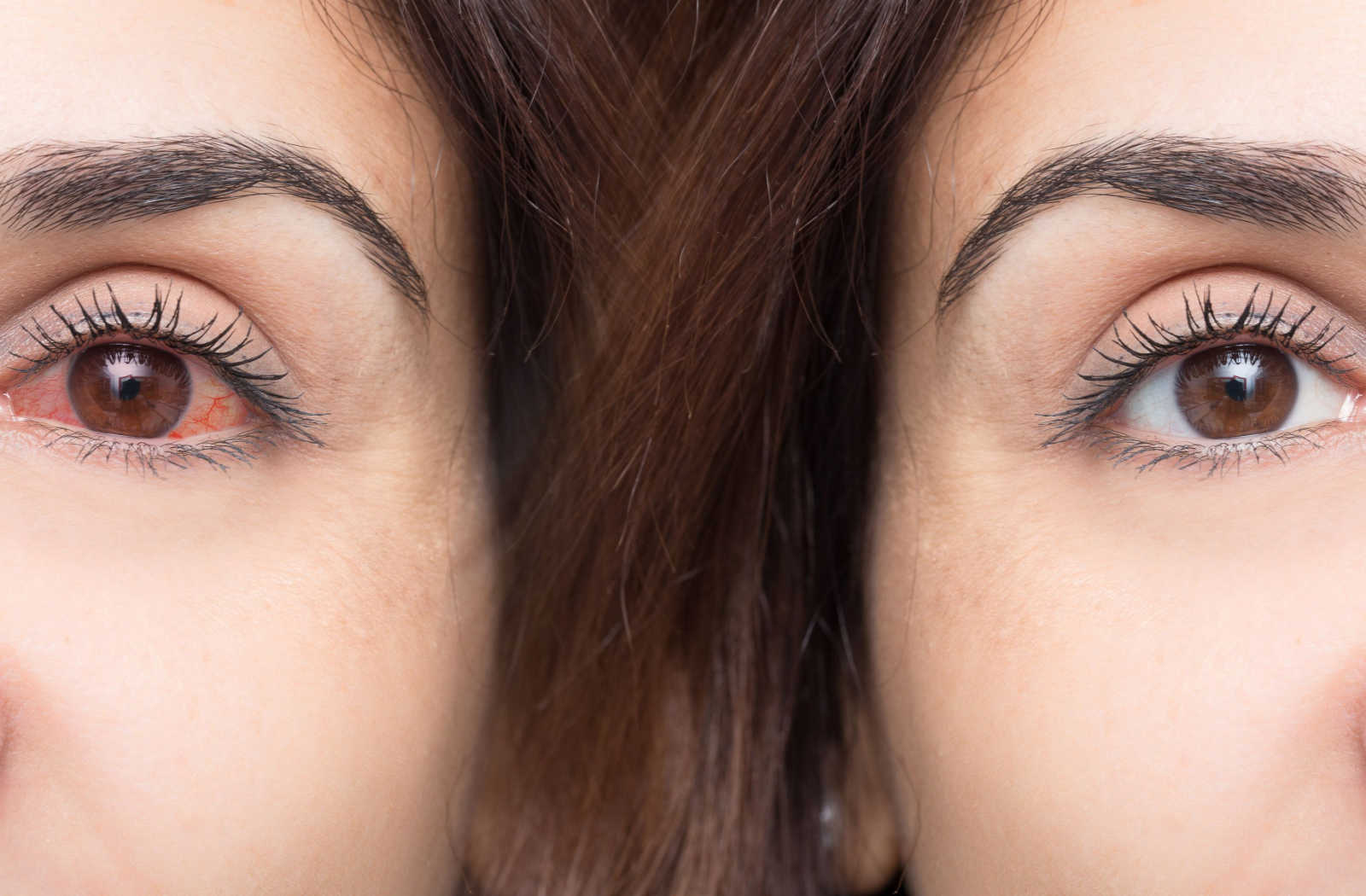The healthcare landscape is undergoing a transformative revolution, thanks to the advent of the Internet of Things (IoT). In this digital age, the integration of IoT in healthcare is not just about leveraging technology; it’s about enhancing patient engagement and revolutionizing the way healthcare is delivered.
I. Introduction
A. Definition of the Internet of Things (IoT)
At its core, IoT involves connecting devices to the internet, enabling them to collect and exchange data. In healthcare, this means interconnected medical devices, wearables, and sensors, creating a comprehensive network aimed at improving patient outcomes.
B. Significance of IoT in Healthcare
The significance of IoT in healthcare cannot be overstated. It brings forth a paradigm shift, allowing healthcare providers to move from reactive to proactive care models. This article explores the specific role of IoT in fostering patient engagement.
C. Focus on Patient Engagement
Patient engagement is a key factor in achieving better health outcomes. IoT provides tools and technologies that empower patients, encouraging them to actively participate in their healthcare journey. Let’s delve into the transformative power of IoT in healthcare.
II. How IoT Transforms Healthcare
A. Real-time Monitoring
One of the primary benefits of IoT in healthcare is real-time monitoring of patient health. Connected devices continuously collect data, providing healthcare professionals with instant insights into a patient’s condition. This facilitates timely interventions, reducing the risk of complications.
B. Remote Patient Management
IoT enables healthcare beyond the hospital walls. Patients can be monitored remotely, allowing for proactive management of chronic conditions. This not only improves patient outcomes but also reduces the burden on healthcare facilities.
C. Predictive Analytics in Healthcare
Harnessing the power of data, IoT facilitates predictive analytics. By analyzing patterns and trends, healthcare providers can identify potential health issues before they escalate. This not only saves lives but also lowers healthcare costs.
III. Enhanced Patient Experience
A. Personalized Treatment Plans
IoT allows for the creation of personalized treatment plans based on individual patient data. This tailored approach ensures that patients receive interventions and therapies that are specifically designed for their unique needs.
B. Improved Communication
Effective communication is fundamental to patient engagement. IoT facilitates seamless communication between patients and healthcare providers. From appointment reminders to real-time feedback, this connectivity enhances the overall patient experience.
C. Access to Health Information
Patients having access to their health information promotes transparency and empowers them to make informed decisions. IoT ensures that patients can easily access their medical records, test results, and other relevant information.
IV. Challenges and Solutions
A. Data Security and Privacy Concerns
As with any technological advancement, IoT in healthcare raises concerns about data security and patient privacy. Robust encryption, secure networks, and compliance with data protection regulations are crucial in addressing these concerns.
B. Integration Issues
The seamless integration of diverse IoT devices is a challenge faced by healthcare organizations. Standardization and interoperability protocols need to be established to ensure a cohesive and effective IoT ecosystem.
C. Regulatory Compliance
The healthcare industry is highly regulated, and compliance with these regulations is essential. Adhering to guidelines ensures that IoT implementations meet the necessary standards, fostering trust among patients and stakeholders.
V. Future Prospects
A. Advancements in IoT Technology
The field of IoT is dynamic, with continuous advancements. Future innovations may include more sophisticated sensors, enhanced connectivity, and improved data analytics, further elevating the capabilities of IoT in healthcare.
B. Potential Impact on Healthcare Evolution
The ongoing evolution of IoT in healthcare is poised to have a profound impact. From reshaping care delivery models to enhancing preventive care, the potential benefits are vast, promising a healthcare landscape that is more efficient and patient-centric.
C. Adoption Trends
As technology advances, the adoption of IoT in healthcare is expected to grow. Understanding and embracing these trends will be crucial for healthcare providers, ensuring they stay at the forefront of patient care innovation.
VI. Case Studies
A. Successful Implementations
Examining real-world case studies highlights the success stories of healthcare organizations leveraging IoT. These examples provide insights into the practical applications and positive outcomes achieved through the strategic implementation of IoT technologies.
B. Lessons Learned
Learning from both successes and challenges is vital for the effective implementation of IoT in healthcare. Identifying lessons learned from various case studies can guide future initiatives, optimizing the use of IoT for improved patient engagement.
VII. Overcoming Skepticism
A. Addressing Concerns
Skepticism often accompanies technological advancements. Addressing concerns about IoT in healthcare requires transparent communication, education, and highlighting the tangible benefits that outweigh perceived risks.
B. Demonstrating Benefits
Proactively showcasing the benefits of IoT in healthcare is crucial for gaining trust and buy-in from both healthcare professionals and patients. Demonstrating improved outcomes, efficiency, and patient satisfaction can alleviate skepticism.
C. Educating Stakeholders
Education is a powerful tool in overcoming skepticism. Comprehensive education programs for healthcare professionals, patients, and other stakeholders help build understanding and confidence in the capabilities and benefits of IoT.
VIII. The Human Touch in IoT Healthcare
A. Balancing Technology and Compassion
While IoT brings about technological advancements, it’s essential to maintain the human touch in healthcare. Balancing technology with compassion ensures that patients feel cared for, fostering a positive and trusting patient-doctor relationship.
B. Maintaining Patient-Doctor Relationships
The role of healthcare providers remains central in the IoT era. Maintaining strong patient-doctor relationships, even in a technologically advanced environment, is crucial for effective communication, trust, and collaborative decision-making.
IX. IoT and Preventive Care
A. Early Detection and Intervention
IoT plays a pivotal role in preventive care by enabling early detection of potential health issues. Timely interventions based on real-time data significantly contribute to preventing the progression of diseases and improving overall health.
B. Promoting Healthy Lifestyles
Beyond illness management, IoT encourages a proactive approach to health. Wearable devices and IoT-enabled applications promote healthy lifestyles, empowering individuals to make informed choices and engage in activities that support overall well-being.
X. The Role of Wearable Devices
A. Monitoring Vital Signs
Wearable devices equipped with IoT technology allow continuous monitoring of vital signs. From heart rate to sleep patterns, these devices provide valuable data that can aid both patients and healthcare providers in understanding and managing health.
B. Empowering Patients
Wearable devices not only monitor health but also empower patients to actively participate in their well-being. The data collected enables individuals to track their progress, set health goals, and make informed decisions about their lifestyle and healthcare choices.
XI. Ethical Considerations
A. Autonomy and Informed Consent
As IoT collects vast amounts of personal health data, respecting patient autonomy and ensuring informed consent are paramount. Implementing ethical frameworks and guidelines safeguards patient rights and privacy in the IoT-driven healthcare landscape.
B. Addressing Bias in Healthcare Algorithms
The use of algorithms in healthcare must be approached with caution. Ensuring algorithms are unbiased and inclusive is essential to prevent perpetuating existing healthcare disparities. Ethical considerations must guide the development and deployment of IoT algorithms.
XII. Cost-Efficiency in Healthcare
A. Resource Optimization
IoT contributes to cost-efficiency in healthcare by optimizing resource utilization. From reducing unnecessary hospital visits to streamlining workflows, the strategic implementation of IoT technologies results in economic benefits for healthcare organizations.
B. Reducing Hospital Readmissions
Proactive monitoring and timely interventions facilitated by IoT contribute to reducing hospital readmissions. This not only enhances patient outcomes but also alleviates the strain on healthcare resources, leading to a more sustainable healthcare system.
XIII. Global Perspectives
A. IoT in Developing Countries
The impact of IoT in healthcare is not limited to developed nations. Exploring its potential in developing countries highlights opportunities to bridge healthcare disparities, improve access to medical resources, and enhance overall healthcare infrastructure.
B. Bridging Healthcare Disparities
IoT has the potential to bridge existing healthcare disparities. By providing remote access to healthcare services, especially in underserved areas, IoT contributes to creating a more equitable healthcare landscape on a global scale.
XIV. The Future of Patient Engagement
A. Evolution of Healthcare Delivery
The continuous evolution of IoT in healthcare points towards a future where patient engagement becomes the cornerstone of healthcare delivery. Empowered and informed patients actively participating in their care contribute to a healthier society.
B. Technological Innovations
Anticipating future technological innovations is crucial for healthcare providers. From AI-driven diagnostics to advanced wearable technologies, staying abreast of technological developments ensures that healthcare organizations remain at the forefront of patient engagement strategies.
XV. Conclusion
In conclusion, the integration of the Internet of Things in healthcare heralds a new era of patient engagement. The transformative power of IoT not only enhances the efficiency of healthcare delivery but also empowers individuals to take control of their health. As we navigate this exciting frontier, balancing technological advancements with the human touch remains paramount.
FAQs
- How does IoT contribute to preventive care in healthcare?
- IoT enables early detection of health issues, allowing for timely interventions and a proactive approach to overall well-being.
- What are the ethical considerations in IoT-driven healthcare?
- Patient autonomy, informed consent, and addressing bias in algorithms are critical ethical considerations in the use of IoT in healthcare.
- How can healthcare organizations address data security concerns with IoT?
- Robust encryption, secure networks, and adherence to data protection regulations are essential in addressing data security concerns.
- What role do wearable devices play in patient engagement?
- Wearable devices equipped with IoT technology not only monitor vital signs but also empower patients to actively participate in their well-being.
- How does IoT contribute to cost-efficiency in healthcare?
- IoT optimizes resource utilization, reduces hospital readmissions, and streamlines workflows, contributing to overall cost-efficiency in healthcare.



